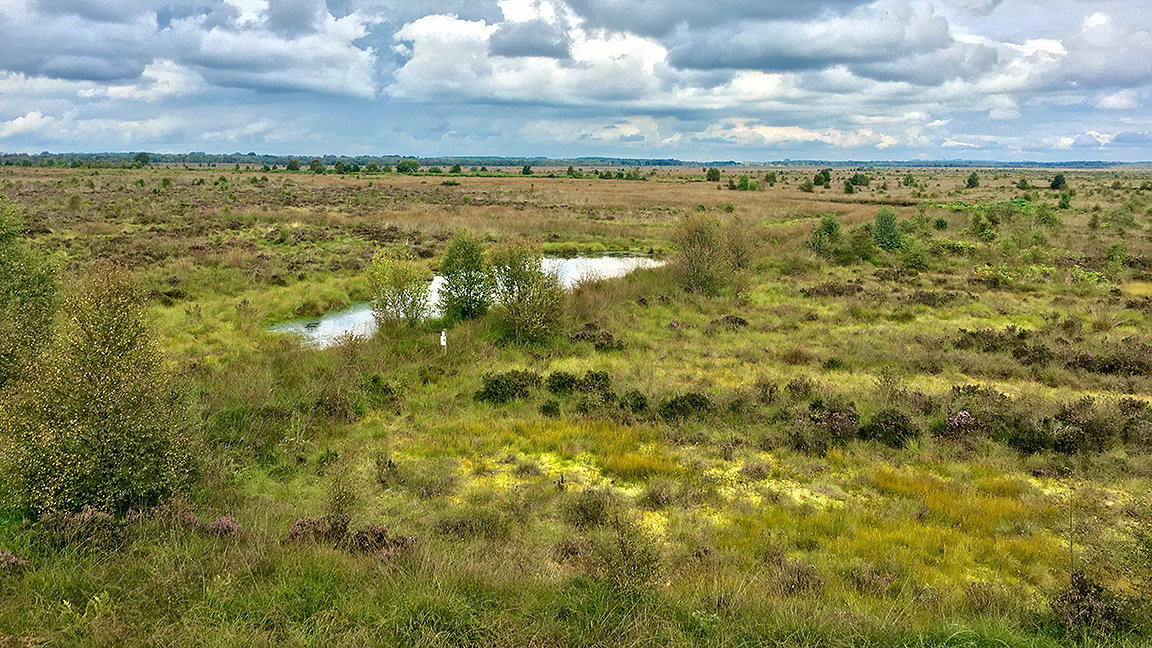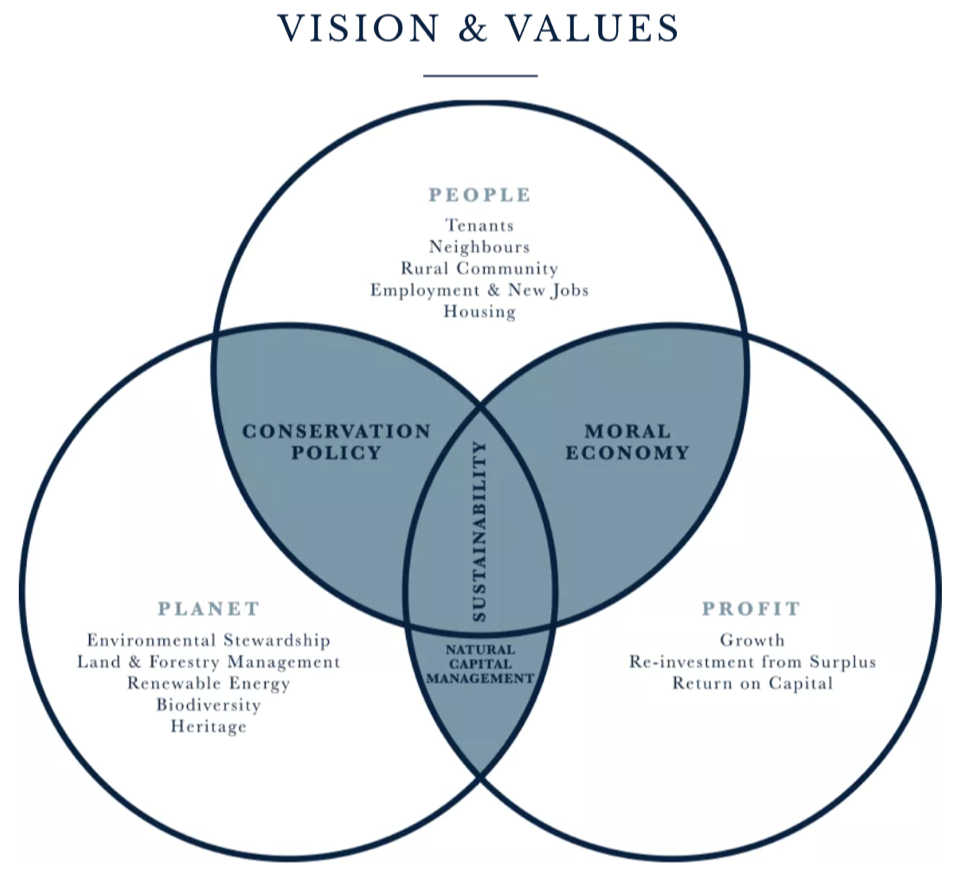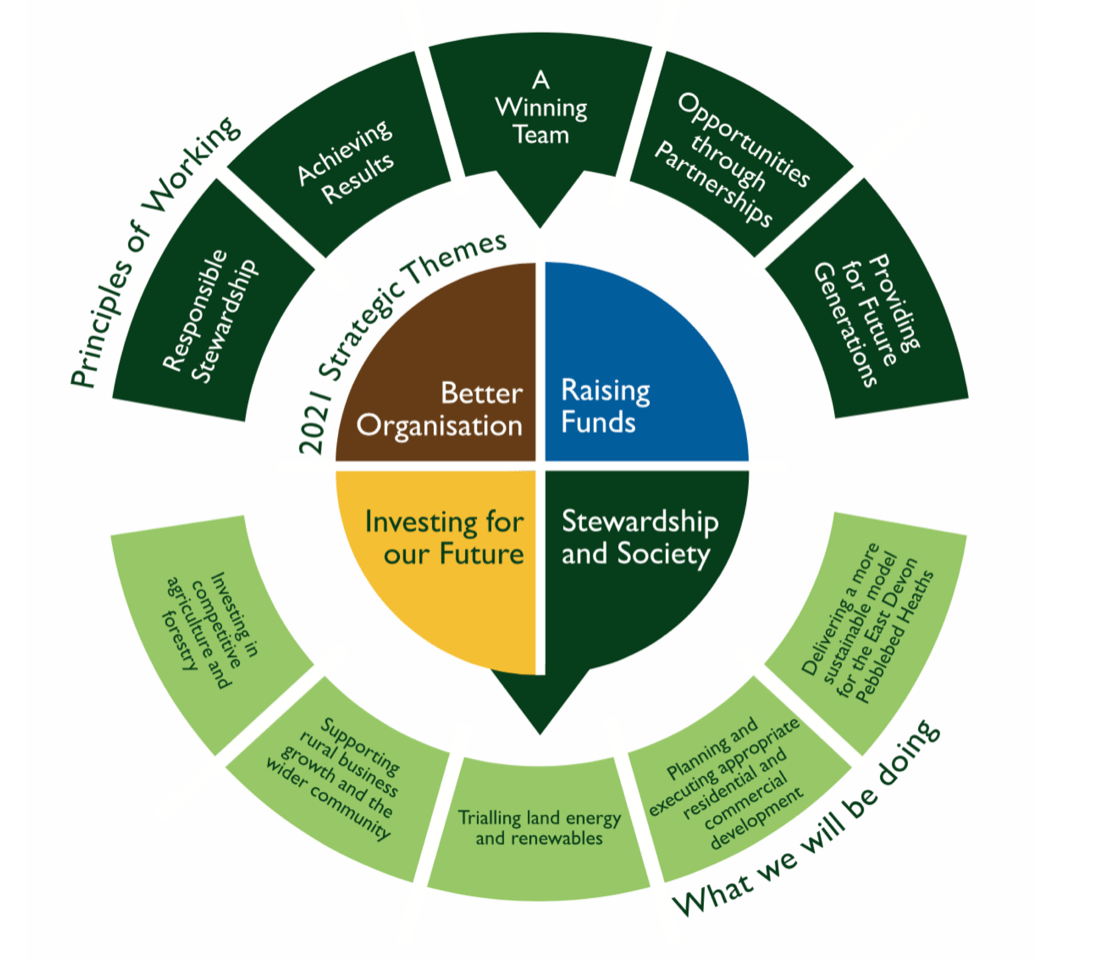
How can it be that in a normal year any estate manager knows the health of their teeth, the tread on their car tyres, or their calorie count over the past month, but cannot objectively state the performance of an estate with extensive land, buildings, employees and commercial interests?
As the owner of a rural estate, the challenge I set myself in undertaking a Nuffield Farming Scholarship was twofold:

My findings derived from over 140 international meetings and the results of an extensive survey I commissioned. My travels led me to examine a land management sector covering in excess of 1,500,000 acres across USA, Italy, Denmark, Belgium, the Netherlands, New Zealand and the UK.
I spoke to land management lecturers, land agents and landowners, as well as industry policy influencers and policy makers. We discussed different benchmarking methodologies and key performance indicators (KPIs) in both the public and private sector to gain a broad appreciation and to determine what would be most relevant to estate managers to achieve financial, social and natural capital success.
Blenheim Estate is simultaneously working on heritage and nature conservation, employee wellbeing, the involvement of the local community, green tourism, education, waste reduction, renewable energy, organic agriculture, carbon sequestration, local food supply and making charitable donations. Working with Oxford Brookes Business School enables them to capture their performance over a wide range of areas, be it from catering to communities, or from charities to carbon. It is all based on their 10-year goals.
Leigh Rix is the director of property and land for this 25,000 acre estate in Devon. Their 10-year strategic vision document is based on a motto of "doing our part for our part of the world": wanting to achieve a sustainable future for the estate, the local environment and communities. Their performance is captured using the balanced scorecard system, which focuses on 4 main perspectives. See Figure 2.

"It’s a way of looking at your organisation that focuses on your big-picture strategic goals. It also helps you choose the right things to measure so that you can reach those goals. It looks at your organisation from different perspectives to measure its health. Each of these perspectives focuses on a different side of your company, creating a balanced view…."
Each year the Duchy of Cornwall publishes accounts detailing the total contribution from sustainable stewardship. This bottom line of finance includes the social and environmental factors that make up these rural communities.
The very best estates use data and analysis for evidence-based decision-making and are unafraid to be self-critical as they aim for continual improvement. They embrace the role of integrated reporting across the triple bottom line. For these estates to breathe essential economic oxygen into rural communities to create houses and jobs, yet enhance the environment and still remain profitable, they need to provide a total contribution that is both quantitative and qualitative. This will ensure estates become more efficient and therefore more effective.
Conclusions
My recommendations
Related competencies include: Sustainability
PROPERTY JOURNAL
Zhana Lennox MRICS 12 April 2024
LAND JOURNAL
Fiona Mannix and Mark Sanders MRICS 03 April 2024